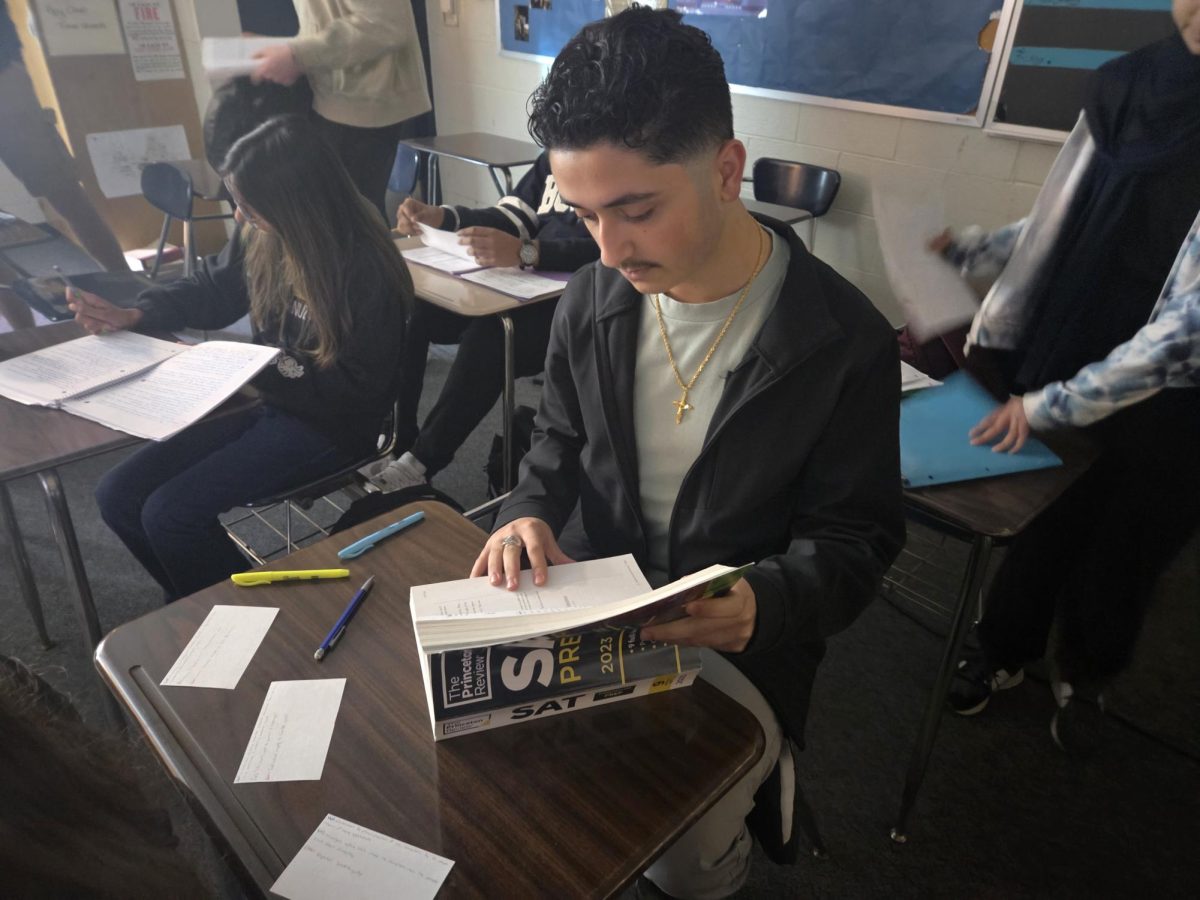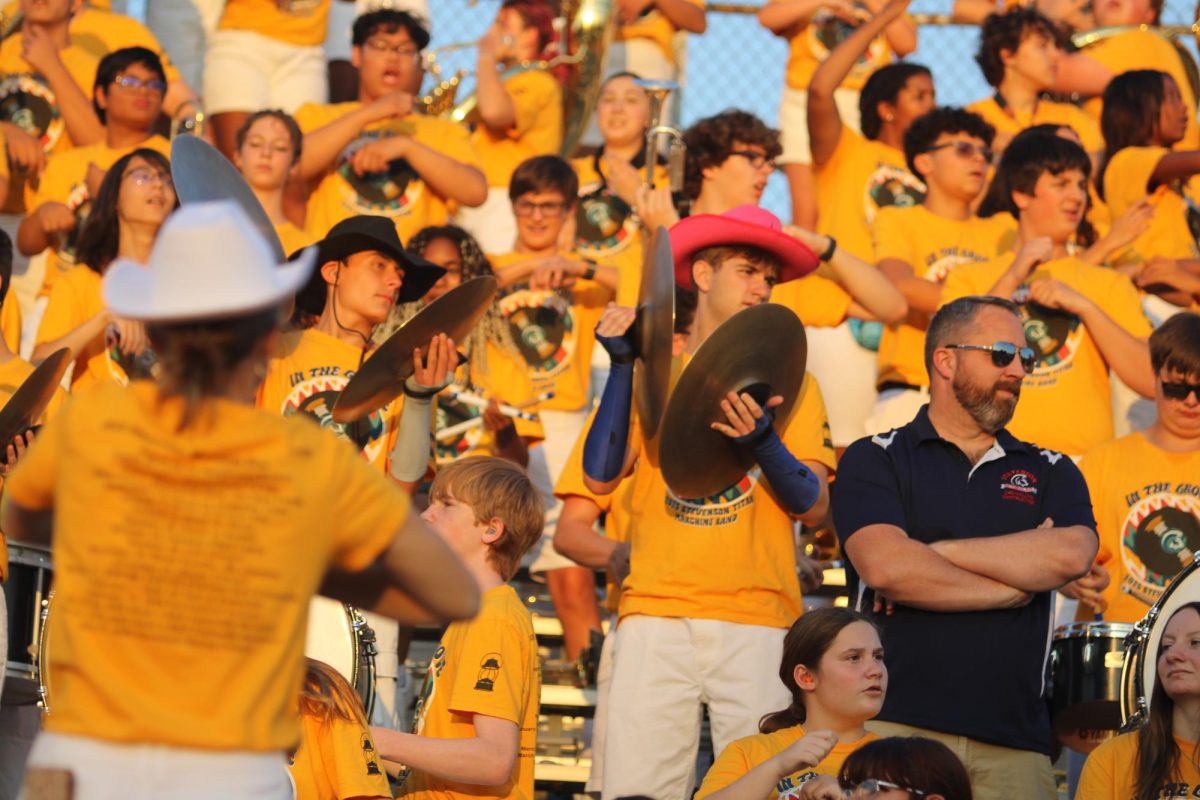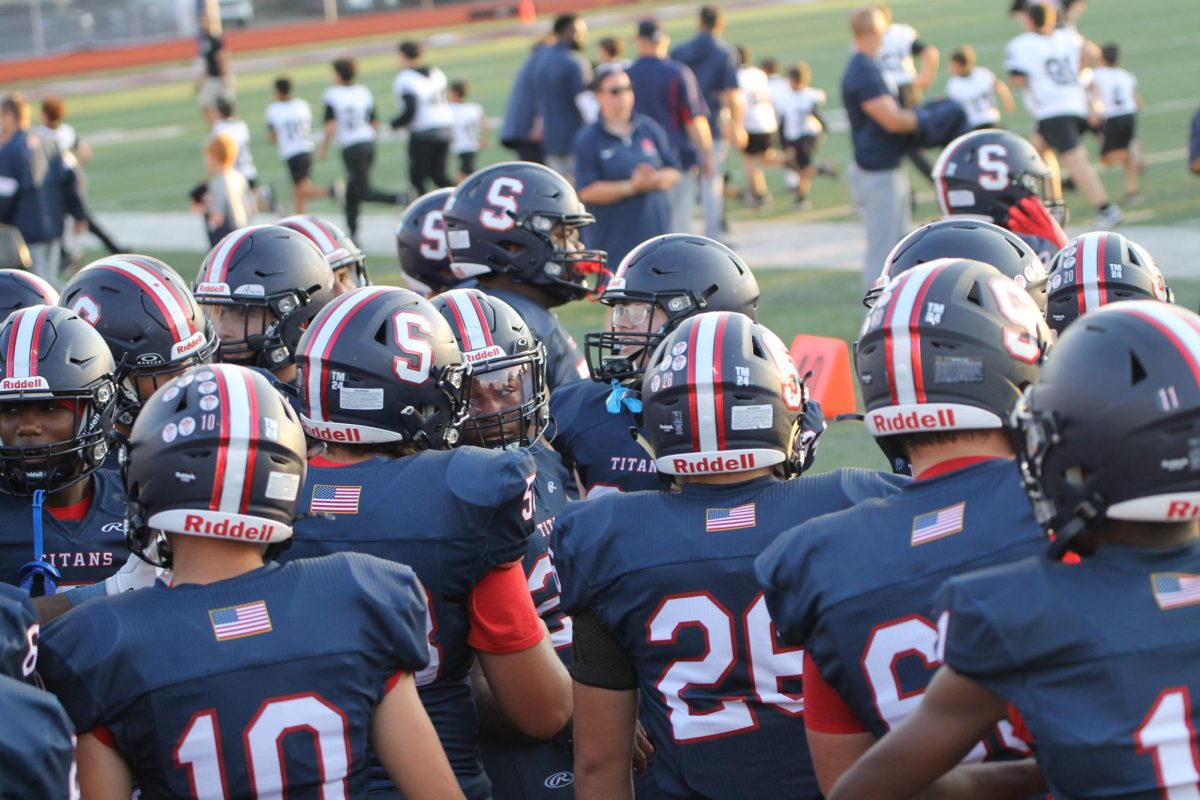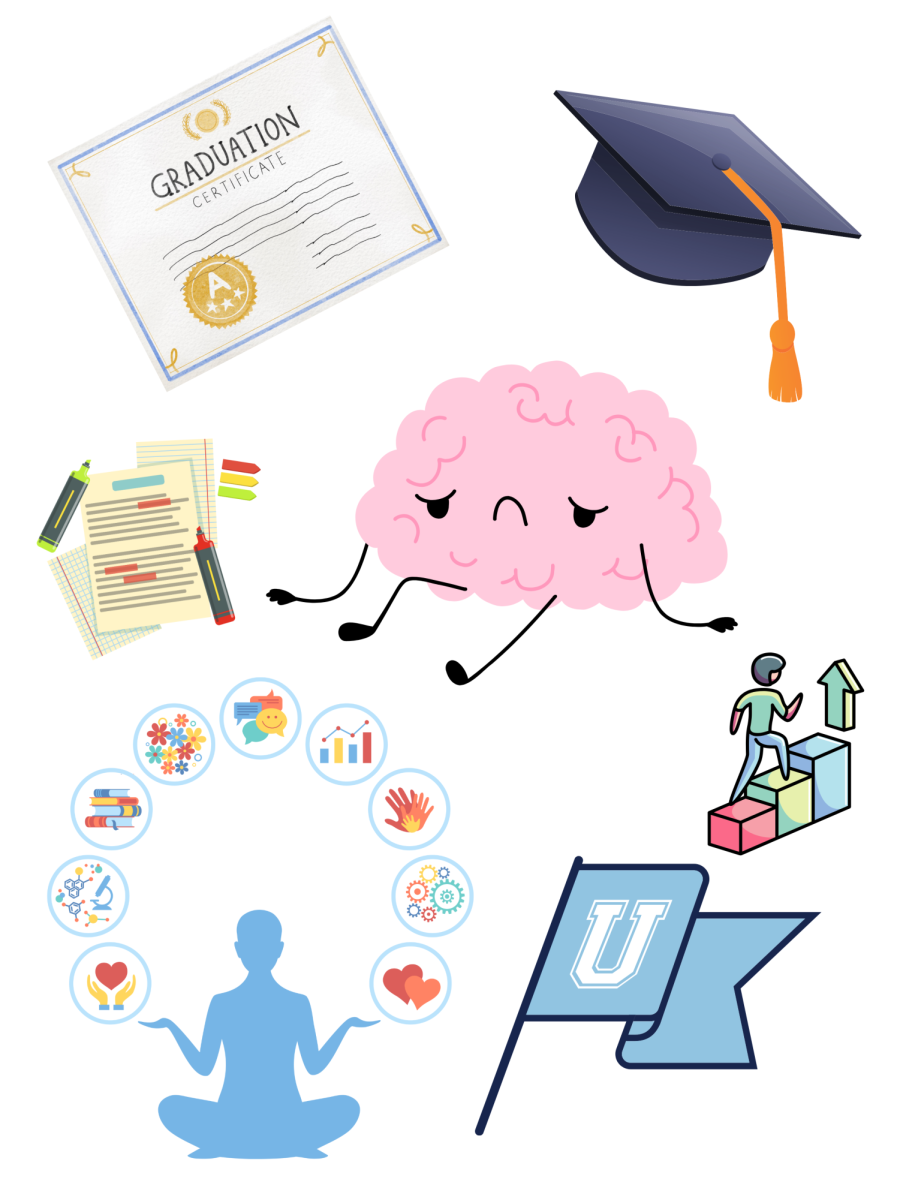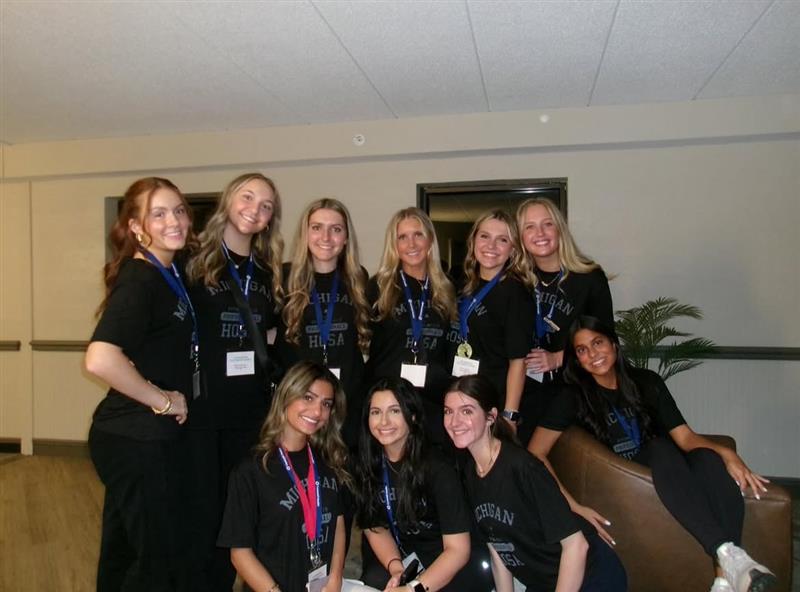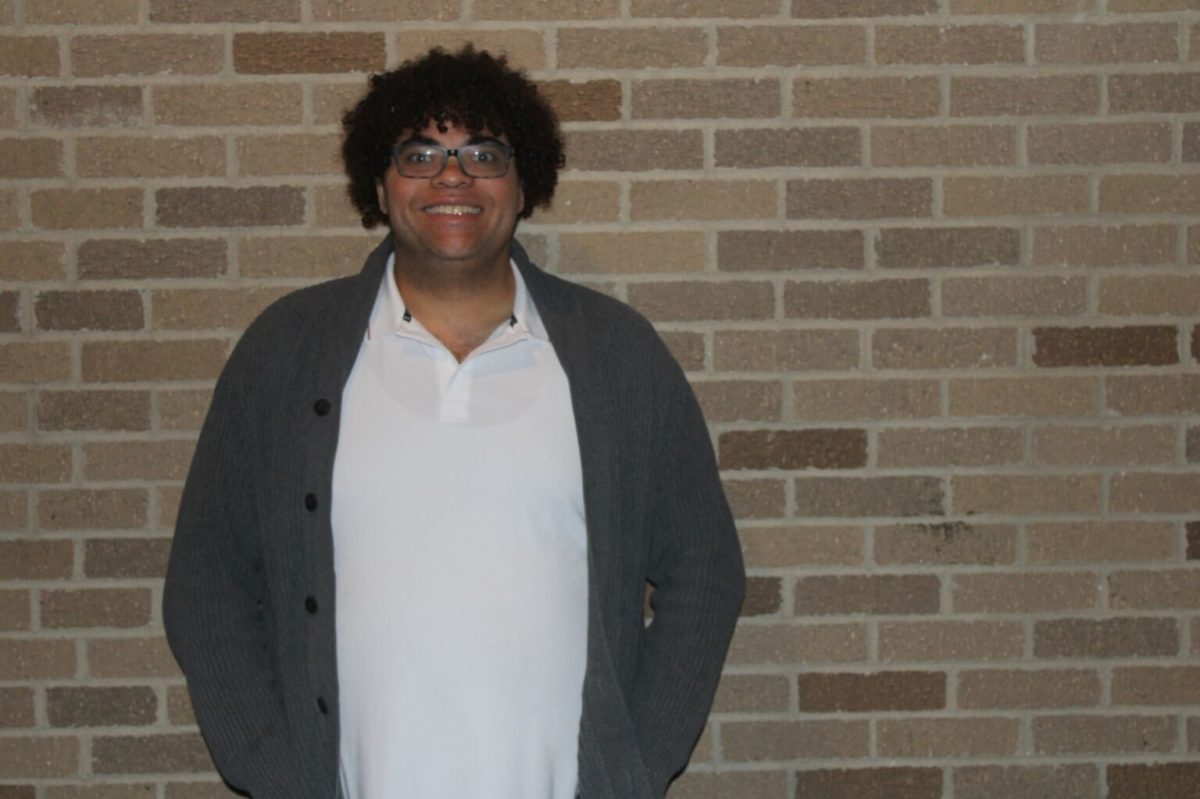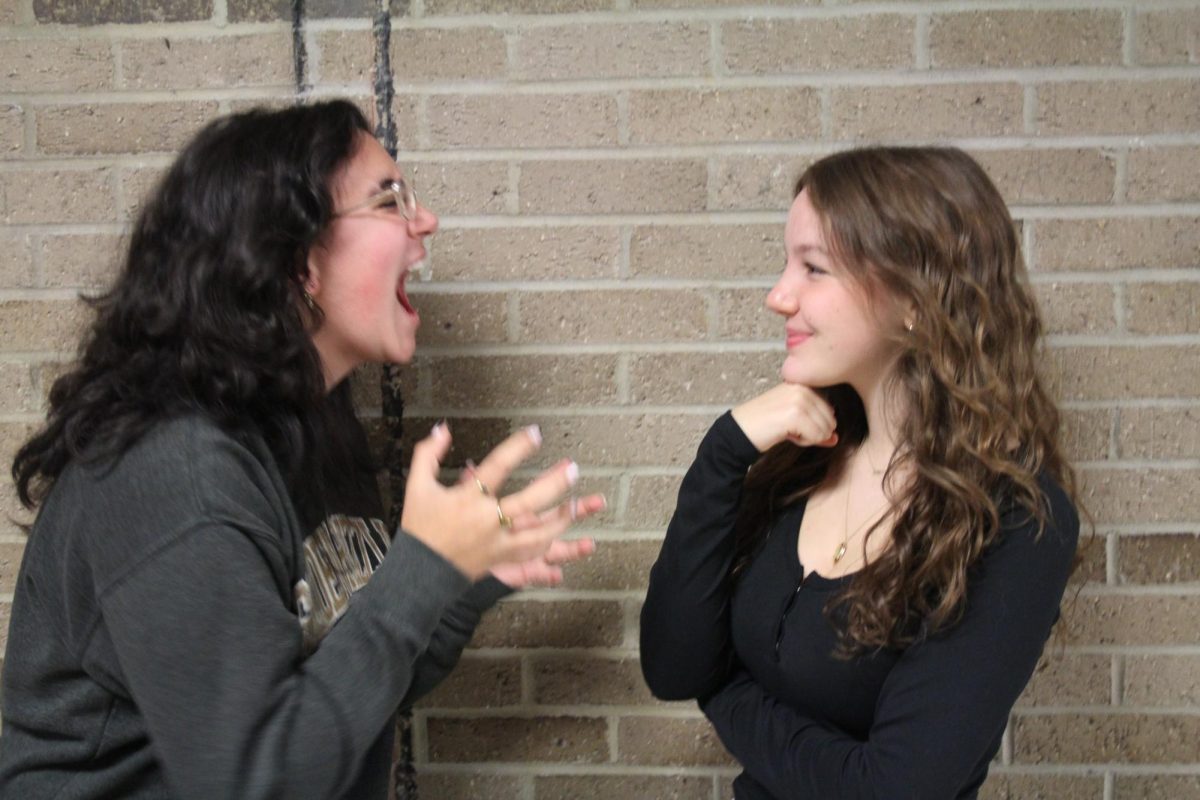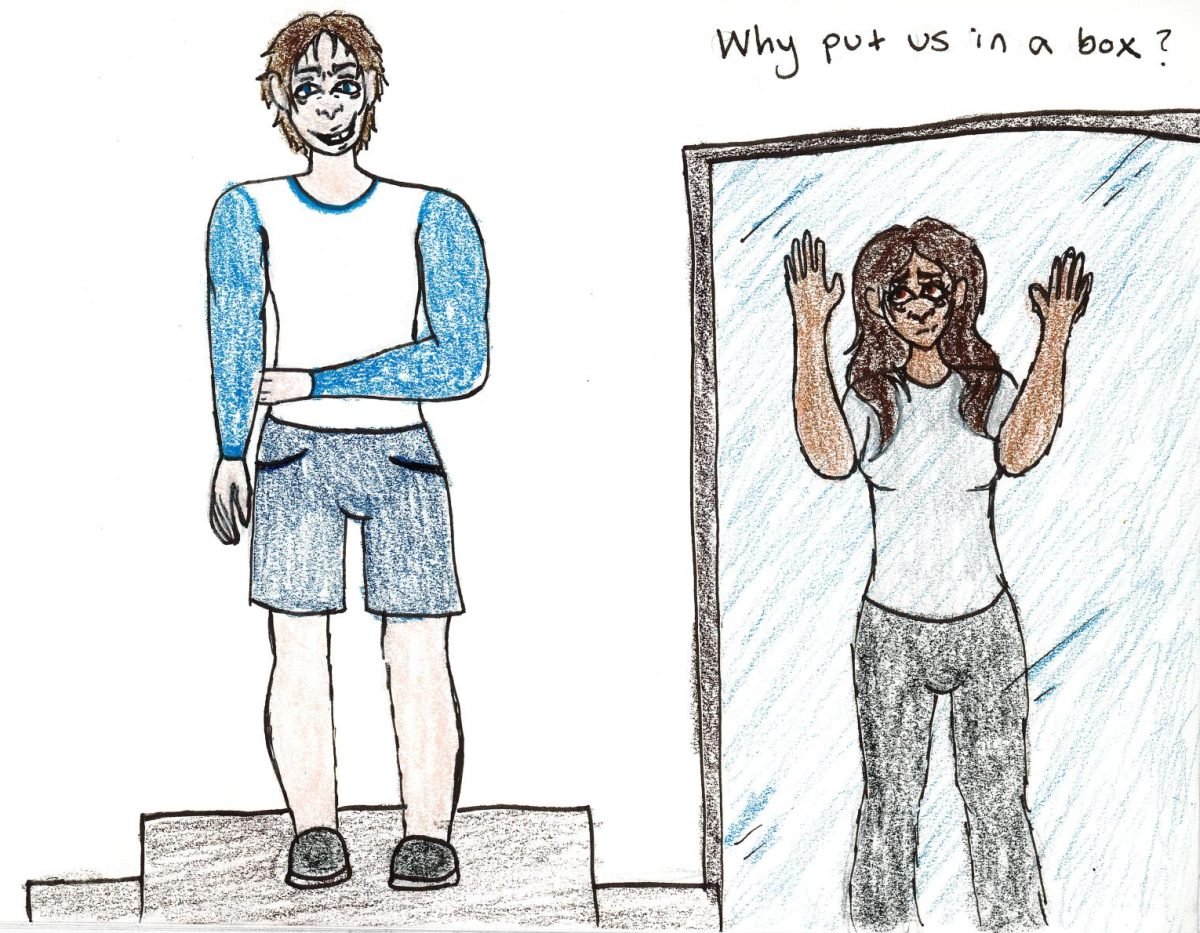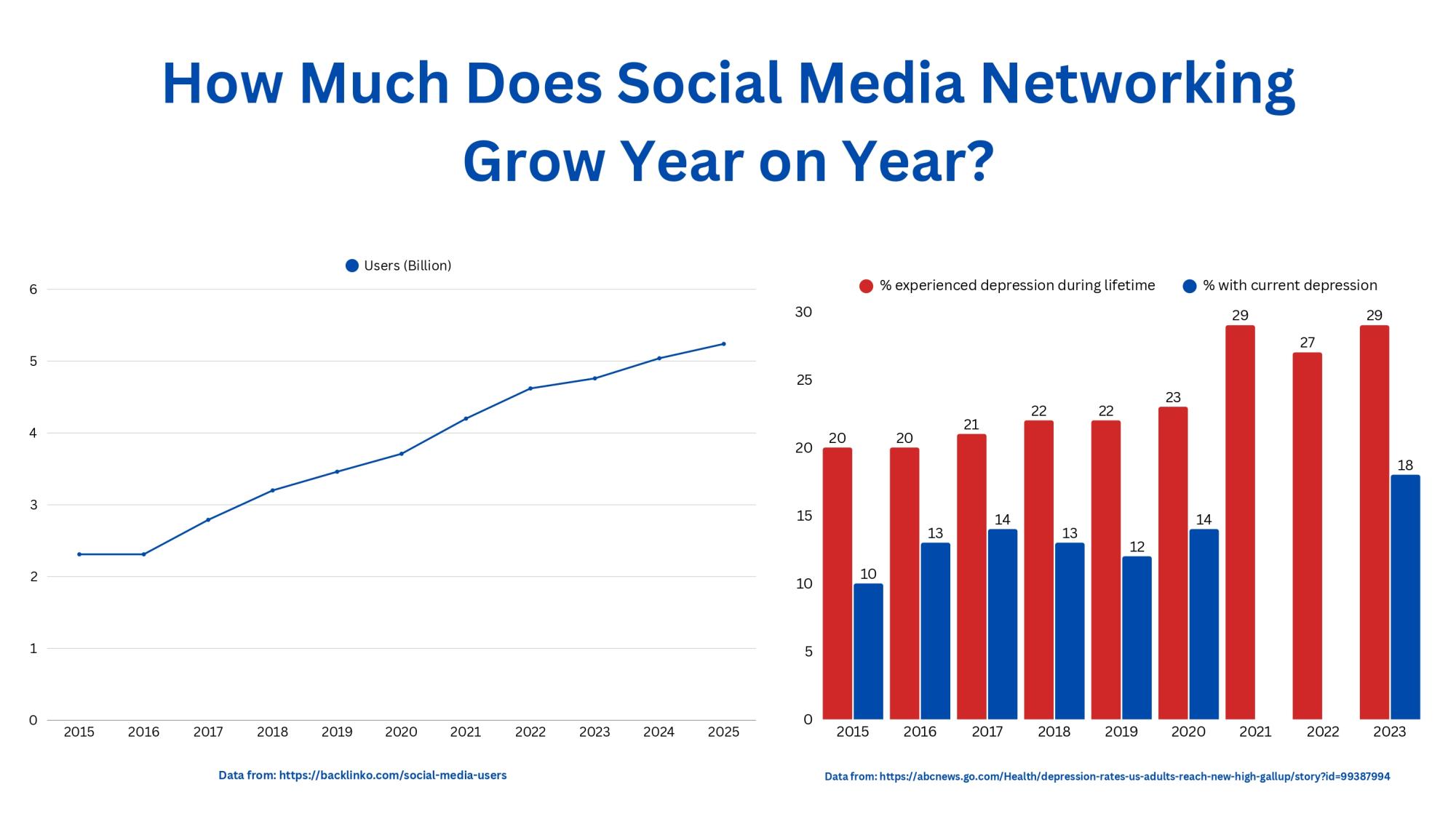Once it was TV and magazines. Now it’s Instagram, TikTok and Snapchat shaping how teens see themselves. Some live for approval, some ignore the noise, and most fall somewhere in between. Self-image isn’t just a thought. It’s a force that influences choices, confidence and even happiness.
The way people see themselves, and the weight they give to how others see them, can shape the course of their lives. Influencers post curated lives and filtered beauty, setting standards that blur reality, and shaping self-image in ways that can leave lasting marks.
According to Pew Research Facebook use has dropped from 71 percent in 2014 to just 32 percent in 2022, all while Instagram and Snapchat saw notable increases.
Active on social media Valerie Goetsh ’27 said she shares moments of her life and her wrestling career on Instagram. However, she feels like social media can take away time from reality.
“I’ve noticed that it kind of takes away from my like time for my friends and family and schoolwork,” Goetsh said. “Overall, I feel like social media is very consuming mentally.”
Often some students have a different self-perception, especially how they shape it online and how they present themselves. Goetsh said she tries to keep up with an ideal version of herself.
“I’d say I feel like I’m always trying to live up to this person that I view myself or perceive myself as online,” Goetsh said. “But in reality, I’m not anywhere close to the person that I see myself without myself online.”
Goetsh feels the pressure to be this certain representation of herself when she posts online, despite it not being exact to her true self.
Social media can make students feel that they have to be perfect or live up to a certain image or standard. It’s easy for students to forget that what they see online is often just a highlight reel, not entirely the full story. There becomes a disconnect between the person they see on social media and the person they are.
The online culture that almost every teenager is exposed to can easily become toxic from how easy it is to be negative to others. School counselor Delaney Sullivan said she believes this leads to warped self-perception that can end up degrading teenagers’ long term coping skills for low self-esteem.
“I think there can be a negative impact anytime you post because you can’t control other people’s perceptions or reactions to the post,” Sullivan said. “Most of school drama is all related to social media or texting. It can continue after you leave school now and during school.”
In a Pew Research survey on teens discusses the advantages of being able to extend your social life further and the issues created by the new extension, that can seep back into your personal life.
“Despite these concerns, teens themselves paint a more nuanced picture of adolescent life on social media,” Sullivan said. “It is one in which majorities credit these platforms with deepening connections and providing a support network when they need it, shares acknowledge the drama and pressures that can come along with using social media.”
Experts witness the problems that younger clients experience as they get older and try to explore different ways to address them on a deeper level. Therapist at Hope Counseling Shauna Bittou claims to find an exercise that helps dig deeper into the minds of teens and help them discover the unhealthy standards pressed on them and give them a different outlook.
“Self-esteem usually does come up in conversations since there is excessive comparison with social media, with being in school in general, and growing up in a world with TV,” Bittou said. “We like to do an exercise for the clients and ask them questions like ‘What do you like about yourself?’ ‘What do you not like about yourself?’ And that kind of helps me figure out how to go about expressing deeper rooted problems.”
Even though social media can cause negativity, many students like Landen Curtis ’25 try to push past things and focus more on the positive sides of social media. He said he uses religion as an alternative way of approval instead of craving it from others online.
“I don’t exactly feel the need to have a specific body type, but I do work to improve my physique,” Curtis said. “I feel as I started going to the gym, I’ve been gaining more respect from people. My motivation in the gym is just me trying to improve myself as much as I can.”
The gender difference between Goetsh and Curtis is not as important as some may think. In fact, Pew reports that girls and boys use their time differently. For example, girls spend more time improving their appearance and hygiene by about 30 percent and Sullivan said she has noticed this difference with students.
“I do think there is a social standard within boys and girls,” Sullivan said. “Not just at Stevenson but in society. I think there is different expectations or standards that are set.”

